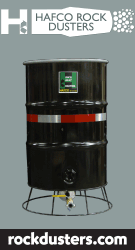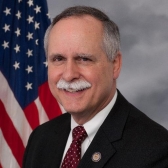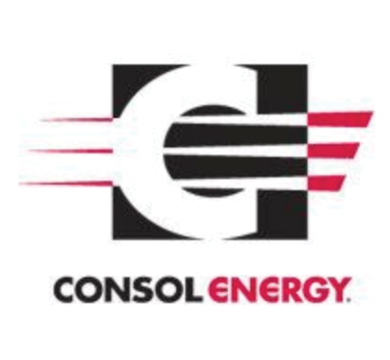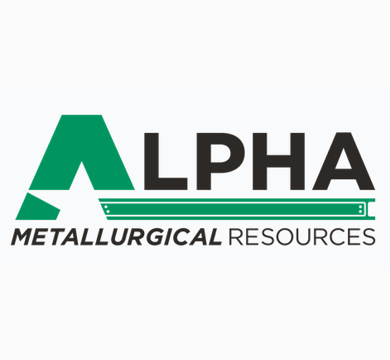Renewed Tax Credits to Assist Developing Clean Coal Technologies, W. Va.
Included in the recently passed and signed Bipartisan Budget Act of 2018 was the Furthering carbon capture, Utilization, Technology, Underground storage and Reduced Emissions Act which extends and expands the Section 45Q carbon sequestration tax credits.
U.S. Rep. David McKinley, R-W.Va., was one of the lawmakers that pushed for these tax credits to be included in the legislation by leading a sign-on letter, which was signed by 44 members of Congress.
“President Trump campaigned on a specific promise to revitalize the coal industry, and the bipartisan budget agreement was another step towards achieving that goal,” he said. “The agreement reauthorizes tax credits for carbon capture technology and includes a commitment to develop new clean coal technology, which will enable energy producers to burn coal cleaner and more efficiently.”
The original 45Q tax credits were in place back in 2008 but the reauthorized credits removed some of the restrictions that kept businesses and industry from taking advantage of them, explained Alec Thomas, communications director for McKinley.
For example, only coal fired power plants could use the tax credits, but now, any industrial facility at which carbon capture equipment is installed and which captures at least 500,000 metric tons of carbon dioxide per year is eligible for the credits, meaning factories and petrochemical complexes can take advantage of it.
Todd Meyers, spokesman for FirstEnergy, reflected on the 45Q provisions. He noted that while the company supports clean coal technology research, carbon capture and sequestration technology is still prohibitively expensive.
“Under the new 45Q provisions, the increase in the amount of tax credits for Carbon Capture and Sequestration is substantial. That said, FirstEnergy doesn’t see an immediate benefit,” Meyers said. “CCS technology is still quite expensive, and the technology itself is still not to the point where it is widely commercially viable. FirstEnergy always supports research and development of improved clean coal technology, and we will continue to evaluate opportunities for our West Virginia plants as the technology advances.”
FirstEnergy owns and operates three coal-fired power plants in West Virginia, two regulated plants in Monongalia and Harrison counties along with a third, unregulated plant in Pleasants County through subsidiary Allegheny Energy Supply.
Brian J. Anderson, director of the WVU Energy Institute, said the extension and expansion of 45Q would nonetheless provide financial certainty to assist companies in being able to finance CO2 capture projects.
“If manufacturing facilities such as steel or cement, or even natural gas processing facilities capture and sequester CO2 they would be eligible,” Anderson said. “This incentive will work in a manner similar to the wind and solar tax credits that helped early-stage investors and companies develop cost-effective technologies that can enter the market early. There are currently only a handful of projects that have been built to take advantage of 45Q and only 17 large scale CO2 capture projects worldwide. This expansion can help the next wave of investments in CO2 capture projects.”
Thomas explained that America’s CO2 emissions were already declining before the Obama Administration’s Clean Power Plan was enacted. However, China and India use high levels of coal and India lacks clean coal technology in place, and the country’s CO2 footprint is set to increase over the coming decade. He said U.S. coal exports are up 45 percent since President Trump took office. Developing clean coal technologies in America and exporting it to other nations would have an impact on lowering worldwide emissions levels.
He added this would also create jobs as existing power plants are upgraded and retrofitted to take advantage of the tax credits while institutions such as the National Energy would benefit from the injection of investment in clean coal technology development.
Source: The State Journal
Be in-the-know when you’re on-the-go!
FREE eNews delivery service to your email twice-weekly. With a focus on lead-driven news, our news service will help you develop new business contacts on an on-going basis.
CLICK HERE to register your email address.























